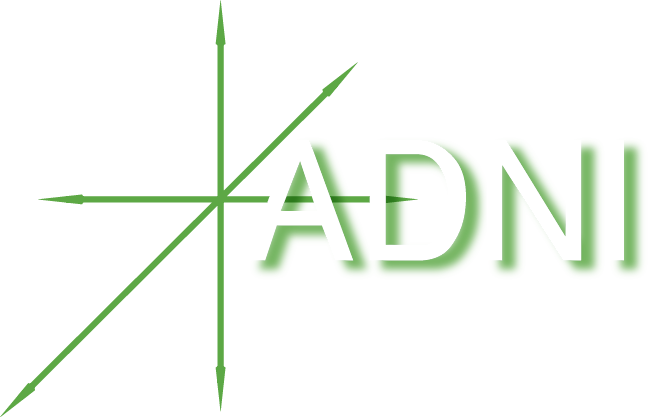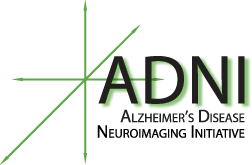The neuropathology data in the ADNI database are derived from the National Institute on Aging-Alzheimer’s Association guidelines for the neuropathologic assessment of Alzheimer’s disease (AD) (1). The neuropathologic data may be considered the “gold standard” against which other clinical, neuropsychological, genetic, neuroimaging and body fluid biomarkers may be compared. Neuropathology data may be used to underpin multimodal studies of the natural history of AD.
Acquisition of Neuropathology Data
Pathological lesions within the brain have been assessed using established neuropathologic diagnostic criteria. The NIA-AA criteria recognize that AD neuropathologic changes may occur in the apparent absence of cognitive impairment. Using the NIA-AA protocol, an “ABC” score for AD neuropathologic change is generated which incorporates histopathologic assessments of amyloid? deposits (A), staging of neurofibrillary tangles (B), and scoring of neuritic plaques (C). In addition, detailed methods for assessing commonly co-morbid conditions such as Lewy body disease, vascular brain injury, hippocampal sclerosis, and TAR DNA binding protein (TDP) immunoreactive inclusions are included (1).
Neuropathology data were captured in the format of the Neuropathology Data Form Version 10 of the National Alzheimer’s Coordinating Center (NACC) established by the National Institute on Aging/NIH (U01 AG016976). For more information see:
Neuropathology Coding Guidebook NACC Version 11
Neuropathology Data Collection Form NACC Version 11
Neuropathology Data Dictionary NACC Version 11
Description of Brain Regions Sampled
The brain areas sampled for microscopic assessment are described in the Neuropathology Core – MICROSCOPY DATABASE FORM 02-13-2020 (see below). These data are included in the Neuropathology Data Set. Brain areas sampled include:
- Middle frontal gyrus (Block 1)
- Superior and middle temporal gyri (Block 2)
- Inferior parietal lobe (angular gyrus) (Block 3)
- Occipital lobe to include the calcarine sulcus and parastriate cortex (Block 4)
- Anterior cingulate gyrus at the level of the genu of the corpus callosum (Block 19)
- Precentral gyrus (Block 21)
- Posterior cingulate gyrus and precuneus at the level of the splenium (Block 30)
- Amygdala and entorhinal cortex (Block 23)
- Hippocampus and parahippocampal gyrus at the level of the lateral geniculate nucleus (Block 5)
- Striatum (caudate nucleus and putamen) with olfactory cortex at the level of the nucleus accumbens (Block 6)
- Striatum and pallidum at the level of the anterior commissure to include nucleus basalis of Meynert, basal forebrain, and septum (Block 17)
- Thalamus and subthalamic nucleus (Block 8)
- Midbrain with red nucleus (Block 9)
- Pons with locus coeruleus (Block 11)
- Medulla oblongata (Block 12)
- Cerebellum with dentate nucleus (Block 14)
- Spinal cord (Block 13)
Dataset Information
This methods document applies to the following dataset(s) available from the ADNI repository:
|
Dataset Name |
Date Submitted |
|---|---|
|
Neuropathology Core – Data Dictionary |
01 March 2018 |
|
Neuropathology Core – Data Methods |
01 March 2018 |
|
Neuropathology Core – Neuropathology Data |
01 March 2118 |


